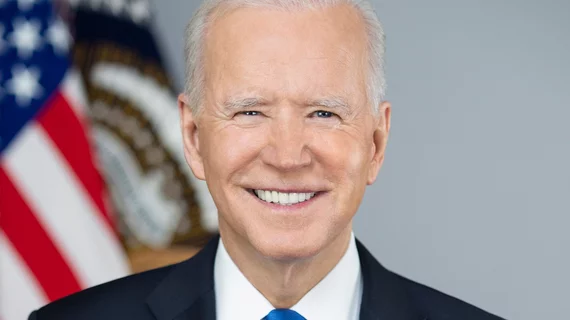Biden Administration itemizes AI accomplishments to date
Half a year after President Biden officially directed federal agencies in the executive branch’s bailiwick to “seize the promise and manage the risks” of AI, the White House has posted a status report.
The update on last fall’s executive order, or “EO,” suggests agencies and departments “all across government” have not only complied with the boss’s instructions but also made noteworthy strides of their own volition.
The report groups the achievements into four main categories. Here are examples of AI actions that federal bodies have completed under each of the four.
Managing risks to safety and security
- Developed the first AI safety and security guidelines for critical infrastructure owners and operators. These guidelines are informed by the completed work of nine agencies to assess AI risks across all 16 critical infrastructure sectors.
- Piloted new AI tools for identifying vulnerabilities in vital government software systems. The Department of Defense (DoD) made progress on a pilot for AI that can find and address vulnerabilities in software used for national security and military purposes. Complementary to DoD’s efforts, DHS piloted different tools to identify and close vulnerabilities in other critical government software systems that Americans rely on every hour of every day.
Standing up for workers, consumers and civil rights
- Announced a final rule clarifying that nondiscrimination requirements in health programs and activities continue to apply to the use of AI, clinical algorithms, predictive analytics and other tools. Specifically, the rule applies the nondiscrimination principles under Section 1557 of the Affordable Care Act to the use of patient care decision support tools in clinical care, and it requires those covered by the rule to take steps to identify and mitigate discrimination when they use AI and other forms of decision support tools for care.
- Developed a strategy for ensuring the safety and effectiveness of AI deployed in the healthcare sector. The strategy outlines rigorous frameworks for AI testing and evaluation, and it outlines future actions for HHS to promote responsible AI development and deployment.
Harnessing AI for good
- Announced DOE funding opportunities to support the application of AI for science, including energy-efficient AI algorithms and hardware.
- Authored a report on AI’s role in advancing scientific research to help tackle major societal challenges, written by the President’s Council of Advisors on Science and Technology.
Bringing AI talent into government
- The General Services Administration has onboarded a new cohort of Presidential Innovation Fellows (PIF) and also announced their first-ever PIF AI cohort starting this summer.
- DHS has launched the DHS AI Corps, which will hire 50 AI professionals to build safe, responsible, and trustworthy AI to improve service delivery and homeland security.
- The Office of Personnel Management has issued guidance on skills-based hiring to increase access to federal AI roles for individuals with non-traditional academic backgrounds.
The White House points out that the six-month goals followed numerous successes at the 90- 120- and 150-day marks, and that agencies “also progressed on other work tasked by the EO over longer timeframes.”
Go deeper into the Biden Administration’s key activities around AI:
- 180-day update on key AI actions taken to date (April/May 2024)
- President Biden’s executive order on AI (October 2023)
- Blueprint for an AI Bill of Rights (October 2022)

